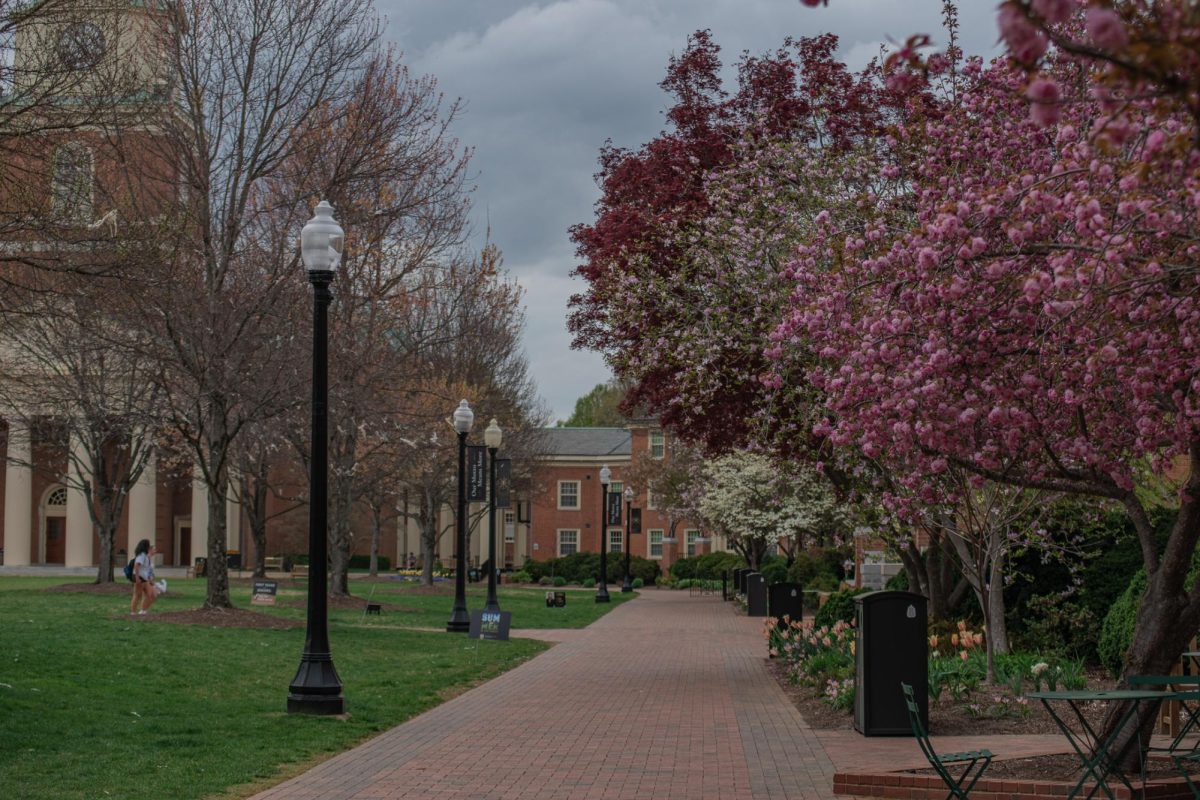
The detailed and heterogeneous lashings that the “classics” have taken over the years remains at least a partial wonder. I have long thought that, though we should expand literary horizons to embrace formerly excluded works, we should continue to read classic writers, the most obvious, if you like, being William Shakespeare. Even if one claims classic texts are out of line with a progressive program, or do not express disdain for the backwardness of their time, they cannot hope to understand what “new” writers are writing against or departing from without having understood the launchpad. How can discernment find a place without comparison?
If all a writer is meant to signify is a sociological diagnostic, then where does the strange, the perverse, the aesthetic leap enter? Purely political art means risk-averse aesthetics. But that’s a different conversation. A refusal to read the Western canon forfeits scope in favor of contemporary art. But literary history, to whoever’s chagrin, does include Shakespeare, and William Wordsworth and Roth, and to see against-the-grain writing for what it is, one must know the grain. Willful blindness toward the canon bleeds into an unwillful blindness toward non-western canons, too.
It’s not a matter of “oh but you’re still centering thought in the West,” it’s an attempt at comprehensiveness. Ironically, the inclusivity sought by bringing non-western literature into the fold, naively excludes in turn. If we wish to approach a “comprehensive canon” (impossible, probably, but not worth attempting) then we must mean it. One space on the map does not have to completely cede position to another. In fact, the Western canon prepares the stage, in some ways, for rich departure from itself. Of course, Stéphane Mallarmé’s lament that “Alas! I have read all the books,” becomes a more distant fantasy when we think about broadening our horizons, but that’s more than OK. A winding history of Western thought does not distract or devalue other art, it clarifies the dialogue between them.
The aesthetic charges of great art have little to do with time, and more so with its staged disappearance …”
Story continues below advertisement
Now, what is a “classic text?” I would argue it transcends context, even author, and creates a current passing through time. The aesthetic charges of great art have little to do with time, and more to do with its staged disappearance, since the classic text does not disavow its own time so much as it lulls the concept to sleep. It floats us in a sea of imaginative surprise, waves of vision lapping perception with speechless clarity. “Timelessness,” the word often associated with a classic text, is an indication of its aesthetic energy, its ceaseless and un-ignorable roaring at reality’s stubborn dimensions. It’s a window with a view, with glimpses of the lingering extraordinary. The classic text dims the contemporary to electrify some universal aesthetic sensitivity. In this sense, anything can be an instant classic. A personal totem that may or may not be part of the consensus classic. Italo Calvino in the New York Review of Books, described it, in 1986, as a version of Emerson’s alienated majesty: “A classic does not necessarily teach us anything we did not know before. In a classic we sometimes discover something we have always known (or thought we knew), but without knowing that this author said it first, or at least is associated with it in a special way. And this, too, is a surprise that gives a lot of pleasure, such as we always gain from the discovery of an origin, a relationship, an affinity.”
We can measure a book’s virtuosity by its linguistic ability to mimic eternal sensations, to impress us with the otherwise unseen lacunae notched in our own emotional spectrum. Put another way, a classic book puts our soul in relief, raising what we’ve only vaguely intimated for an unsuspecting glimpse. By this definition, my first two paragraphs are voided. Able to be construed as selective canonizing, I think Calvino’s comment also articulates canonical art’s real value: its impulsivity, an undeniable charge that, felt by enough people, warrant its place in the canon. If nothing else, this aesthetic force constitutes a case for reading. Though it’s not political, its personal, and can add to our bounty of wonders.
















